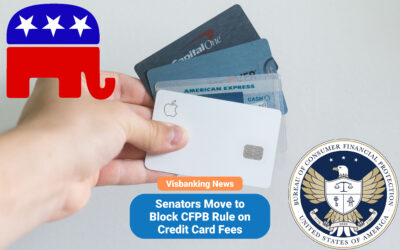By: Ken Chase.
Third-quarter earnings from the major U.S. banks revealed a significant decline in mortgage lending in the late summer and early fall. According to some analysts, those declines in loan activity could forecast an even broader slowdown in the nation’s housing market, as rising interest rates lead to higher mortgage rates and declining demand for home loans.
In their latest earnings report, Wells Fargo and JPMorgan Chase reported a 52% and 34% drop in third-quarter home loans from the previous year. Declines in mortgage loan demand were also reported by Morgan Stanley and Citigroup. Official estimates show that the nation’s mortgage rates are currently higher than at any point in two decades. Those rates have effectively doubled since 2021.
The net effect on the housing market has been easy to see, as home sales dropped 1.5 percent from August’s numbers to 4.7 million sales in September. The average mortgage rate rose again in the last week, from 6.92% to 6.94% for 30-year loans. Meanwhile, 15-year mortgages for fixed-rate loans stand at an average of 6.2%. They were just 2.33% in 2021.
As experts note, the current rate increases have deterred both buyers and sellers in recent months. Even those who may want to sell are reluctant to do so out of fear that they could face higher mortgage rates on new loans for their next home. Many will likely sit tight and wait out the current rate hike environment, restricting new home listings and putting further pressure on the housing market by limiting supply.
Meanwhile, a recent report from Pantheon Macroeconomics suggests that decreasing demand is applying downward pressure on housing prices. Economist Ian Sheperdson has said that his group believes that prices could collapse by up to 20% in 2023 if mortgage rates continue to rise in response to expected Fed rate hikes.
According to some experts, mortgage rates could eventually rise to as high as 8.5%. Other analysts worry that those rates could ascend into double-digit territory.
However, JPMorgan Chase CFO Jeremy Barnum sees at least one silver liningin the emerging storm clouds: the last decade’s rising home costs and post-2008 changes in lending standards should help the market to avoid the type of crash that send the financial industry into a near collapse and ultimately led to the Great Recession.




